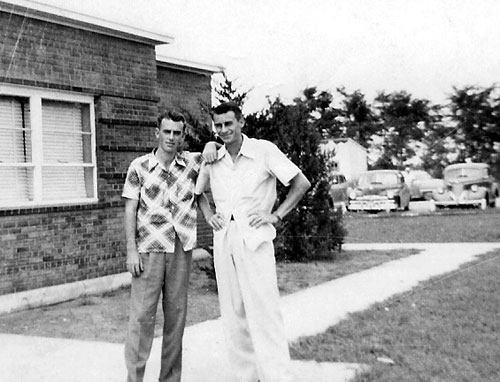We radio guys (back when I was a radio guy) used to pooh-pooh the daily newspaper as “yesterday’s news,” for their inability to cover breaking stories. The folks at The Providence Journal are changing that and they’re using a blog (among other tools, I’m sure) to do it.
They call their news blog “7to7” and it is “…is projo.com’s first reporting channel for breaking news. The news gets to the blog staff in a variety of ways: posting, e-mail, or dictation — whatever works well in a given circumstance. We’ve even set up a dedicated blog phone line and an e-mail address.” Publisher Howard G. Sutton takes this view:
“Decades ago, the newspaper business abdicated the franchise for breaking news to broadcast media. With the strength of projo.com, and a newsroom at least 10 times the size of any local competitor, we are poised to take back the leadership position for breaking news. When people in our market need to find out what it is happening right now, they will turn to projo.com and The Providence Journal. We are taking back the franchise.”
Editor Joel P. Rawson recently reinforced the initiative in his memo to the staff: “It is our goal to be the source for breaking news in Rhode Island, to dominate it, to own it.”
More on how “7to7” works at Poynteronline.
Case in point: I was cruising Digg yesterday and came across a story about a shooting at a mall in Kansas City. Full story with pix, only 18 minutes old. Of course, the local radio guys might have been all over this. But the point is, the radio guys have to work hard to be first with breaking news. It’s no longer theirs by default.

